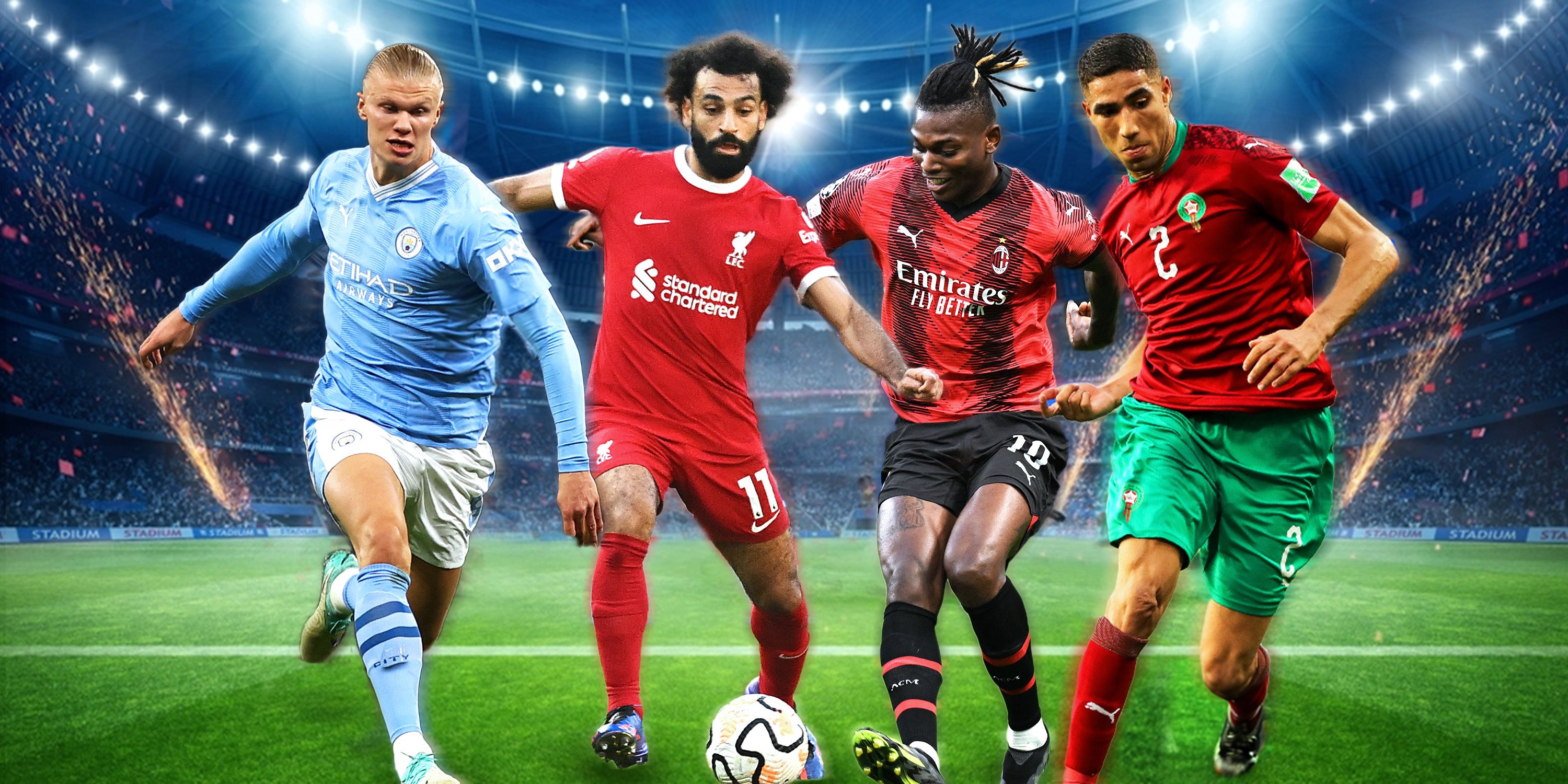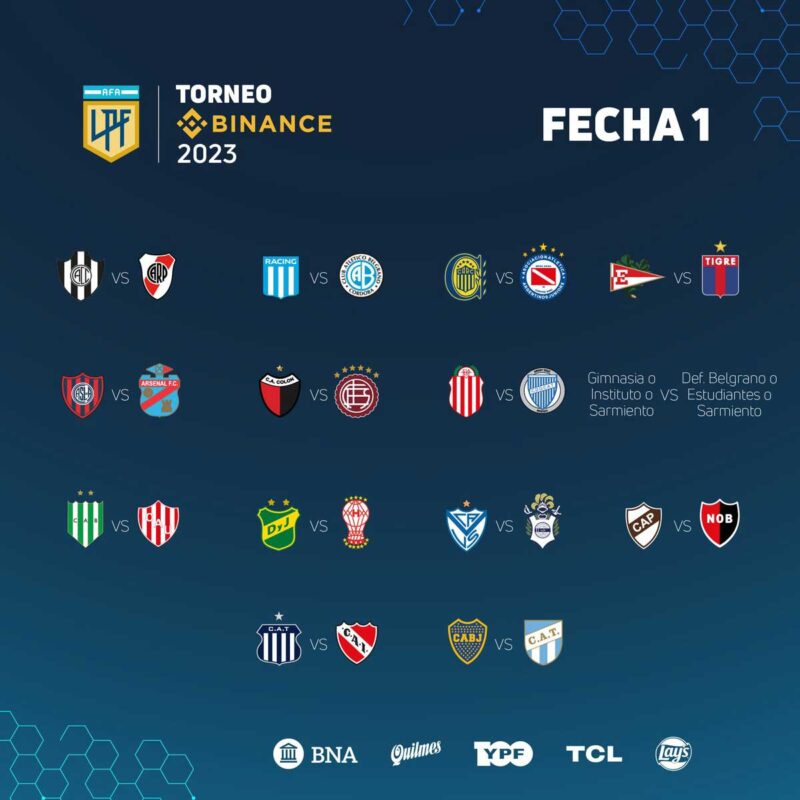
Tentu, ini draf artikel berbahasa Inggris tentang klub sepak bola dengan model kepemilikan oleh penggemar, dengan panjang sekitar 1200 kata.
Beyond the Billionaire: The Rise and Resilience of Fan-Owned Football Clubs
In an era increasingly dominated by super-rich oligarchs, distant investment consortiums, and state-backed entities, modern football often feels like a high-stakes financial game played far removed from the stands. Club identities are commodified, traditions sometimes cast aside, and the deep-seated connection between a team and its community can fray under the relentless pursuit of profit and global brand expansion. Yet, amidst this commercial whirlwind, a powerful counter-narrative persists: the enduring and increasingly vital model of fan-owned football clubs.
These clubs, where supporters hold significant, often controlling, stakes in their beloved teams, represent a powerful assertion that football is more than just a business; it is a cultural institution, a community pillar, and a shared passion that belongs fundamentally to its people. This article delves into the diverse landscape of fan-owned football clubs, exploring their models, their profound benefits, the unique challenges they face, and why their existence is crucial for the soul of the beautiful game.
The Rationale: Why Fan Ownership Matters
The conventional ownership model, while capable of injecting vast sums of capital, frequently comes with significant downsides. Owners may lack understanding of the club’s history or local community, prioritize short-term gains over long-term sustainability, accumulate crippling debt, or even relocate clubs for commercial reasons. Fans, the lifeblood of any club, are often reduced to mere consumers, their voices drowned out by boardroom decisions.
Fan ownership directly addresses these issues by embedding democratic principles at the heart of the club’s structure. It ensures that decisions are made with the long-term health and identity of the institution in mind, rather than fleeting financial trends or personal whims. For many, it’s about preserving authenticity, fostering genuine community engagement, and safeguarding the very essence of what makes a football club special.
Diverse Models of Fan Ownership
While the core principle of fans having a say remains constant, the practical implementation of fan ownership varies significantly across different leagues and countries, reflecting unique historical contexts and legal frameworks.
1. The German "50+1" Rule: A Model of Stability and Culture
Perhaps the most famous and successful example of widespread fan ownership is the German Bundesliga’s "50+1" rule. This regulation stipulates that clubs must hold a majority of their own voting rights, specifically 50% plus one additional share, meaning that no single commercial investor can take overall control. While external investors can hold stakes, their influence is limited, ensuring that members (fans) retain ultimate decision-making power.
The impact of 50+1 is profound and widely credited for the stability, financial prudence, and vibrant fan culture seen in German football. Clubs like Bayern Munich and Borussia Dortmund, while global giants, remain deeply rooted in their fan bases. Their members elect the club’s president and board, directly influencing strategic direction. This model has fostered:
- Financial Health: German clubs are generally less burdened by debt compared to their English or Spanish counterparts, leading to more sustainable operations.
- Affordable Football: Ticket prices in Germany are famously among the lowest in Europe, making matches accessible to a broader demographic and contributing to packed, atmospheric stadiums.
- Strong Fan Culture: The rule empowers supporters, leading to passionate, engaged fan groups who feel a genuine sense of ownership and responsibility for their club’s well-being. This translates into spectacular choreographies, vocal support, and active participation in club life.
- Protection of Identity: It safeguards clubs from opportunistic takeovers that might disregard history or community values.
While there have been debates and minor challenges to the rule, its fundamental success in balancing commercial interests with fan interests is undeniable.
2. The Spanish "Socios" Model: Tradition and Democracy on a Grand Scale
In Spain, giants like Real Madrid and FC Barcelona operate under a "socios" (members) model, where the clubs are owned by tens of thousands, sometimes hundreds of thousands, of registered members. These socios pay an annual fee and have the right to vote in presidential elections, referendums on major club decisions, and even elect the club’s board of directors.
While distinct from the German 50+1 rule (as there’s no explicit limit on external investment, though it’s rarely the dominant force), the socios model ensures that the ultimate power lies with the collective membership. Key characteristics include:
- Direct Democracy: Members directly elect the club’s president, who then appoints their board and management team. This can lead to highly politicized elections, especially for the biggest clubs, but ensures accountability to the membership.
- Cultural Preservation: Like Germany, this model helps preserve the unique cultural identity of these historic institutions, ensuring they remain intertwined with their regional heritage.
- Financial Self-Sufficiency: Historically, these clubs have relied heavily on their massive global fan bases for revenue, rather than external investors, though commercialization has undeniably grown.
The scale of these operations means that individual members’ direct influence might feel diluted compared to smaller community clubs, but the fundamental principle of member-ownership remains robust.
3. The UK’s Supporter Trusts and Community Ownership: Reclaiming the Local Game
In the United Kingdom, the fan ownership movement often arose from a different, often more desperate, context: clubs facing financial collapse, mismanagement, or even liquidation. Supporters, driven by a fierce loyalty, have stepped in to save their clubs, often forming "supporter trusts" or establishing entirely new "phoenix clubs" built from the ground up on community ownership principles.
Examples include:
- Portsmouth FC: After years of severe financial turmoil, including administration and relegation, Portsmouth was famously rescued by its supporters’ trust, the Pompey Supporters’ Trust (PST), in 2013. They eventually sold a majority stake to a private investor but retained a significant share and veto rights, ensuring fan influence.
- FC United of Manchester: Formed in 2005 by disillusioned Manchester United fans protesting the Glazer family’s takeover, FC United is entirely democratic, owned by its thousands of members, each with one vote. They built their own stadium and play in the non-league system, prioritizing community and affordable football over commercial success.
- Exeter City: Another club saved by its supporters’ trust, Exeter City is a prime example of a club run entirely by its fans, consistently punching above its weight in the Football League.
These models typically involve:
- One Member, One Vote: Emphasizing egalitarian principles, regardless of financial contribution.
- Community Focus: Beyond just football, these clubs often serve as hubs for local initiatives, youth development, and social programs.
- Financial Prudence: Operating on tight budgets, they prioritize sustainability and avoid the speculative spending often seen in privately owned clubs.
While these clubs often operate in the lower tiers of the football pyramid and face immense financial challenges competing with well-funded rivals, they embody the purest form of fan ownership and a resilient spirit.
4. The Green Bay Packers (NFL, USA): An Outlier in American Sports
Though not a football (soccer) club, the Green Bay Packers of the NFL in the United States offer a unique parallel. They are the only major professional sports team in North America owned by its fans, through a publicly owned, non-profit corporation. Shares are sold to the public, though they offer no financial return and cannot be traded, serving more as symbolic ownership. This model ensures the team remains rooted in its small-market community, a stark contrast to the frequent relocations seen in other American sports leagues.
The Benefits Beyond the Balance Sheet
The advantages of fan ownership extend far beyond mere financial structures:
- Authenticity and Identity: Fan-owned clubs retain a strong sense of local identity and tradition, resisting the homogenization often seen in commercialized football. They are genuinely "their" club.
- Long-Term Vision: Decisions are made with the club’s enduring legacy in mind, rather than short-term profits or the whims of a single owner. This fosters stability and sustainable growth.
- Community Embeddedness: These clubs are often deeply intertwined with their local communities, acting as social hubs, employers, and providers of sporting opportunities. They truly reflect the values and aspirations of their supporters.
- Financial Prudence: While not always wealthy, fan-owned clubs generally operate more sustainably, avoiding excessive debt and prioritizing sensible financial management.
- Affordable Football: Many fan-owned clubs prioritize accessible ticket prices, ensuring that football remains a sport for everyone, not just the affluent.
- Democratic Accountability: Owners are directly accountable to the very people they serve – the fans. This fosters transparency and a stronger sense of shared purpose.
Challenges and Criticisms
Despite their many virtues, fan-owned clubs are not without their difficulties:
- Financial Limitations: Competing with clubs backed by billionaires or state funds can be incredibly challenging, making it harder to attract top talent or invest heavily in infrastructure.
- Slow Decision-Making: Democratic processes, while empowering, can sometimes be slower and more cumbersome than autocratic models, potentially hindering swift responses to market changes or opportunities.
- Lack of Expertise: While passionate, not all fan-elected boards possess the high-level business acumen or footballing expertise required to navigate the complex modern game.
- Internal Divisions: Large memberships can lead to internal political factions, disagreements, and power struggles, which can sometimes destabilize the club.
- Scalability: While successful at a local or national level, some fan-owned models find it difficult to scale up to compete at the very highest echelons of global football without some compromise.
Conclusion: A Beacon for Football’s Future
In a footballing landscape increasingly defined by money and global brands, fan-owned clubs stand as powerful beacons of authenticity, community, and democratic values. They remind us that at its heart, football is a collective experience, a shared passion, and a vital part of local identity. While they face significant challenges in competing with the financial might of privately owned clubs, their resilience and growing popularity suggest a fundamental desire among supporters to reclaim their sport.
The success of models like Germany’s 50+1 rule, the enduring tradition of Spanish socios, and the grassroots spirit of UK supporter trusts demonstrate that an alternative future for football is not only possible but thriving. As debates about sustainability, financial fair play, and the soul of the game continue, the fan-owned model offers a compelling vision: a sport where the true owners – the supporters – are always at the heart of the club, ensuring that the beautiful game remains beautiful for generations to come.



